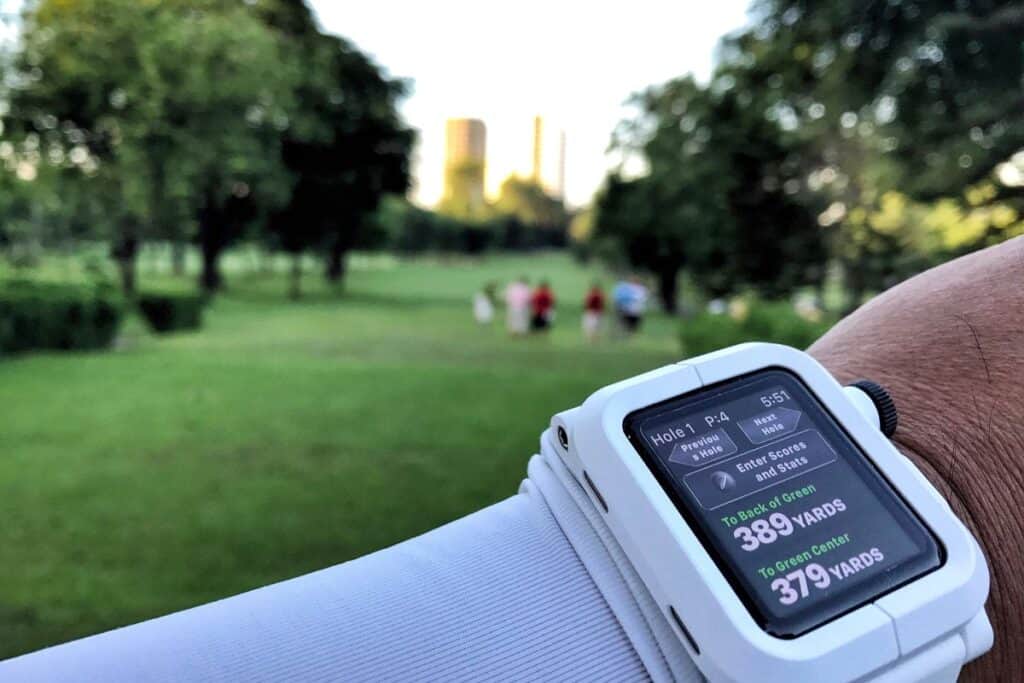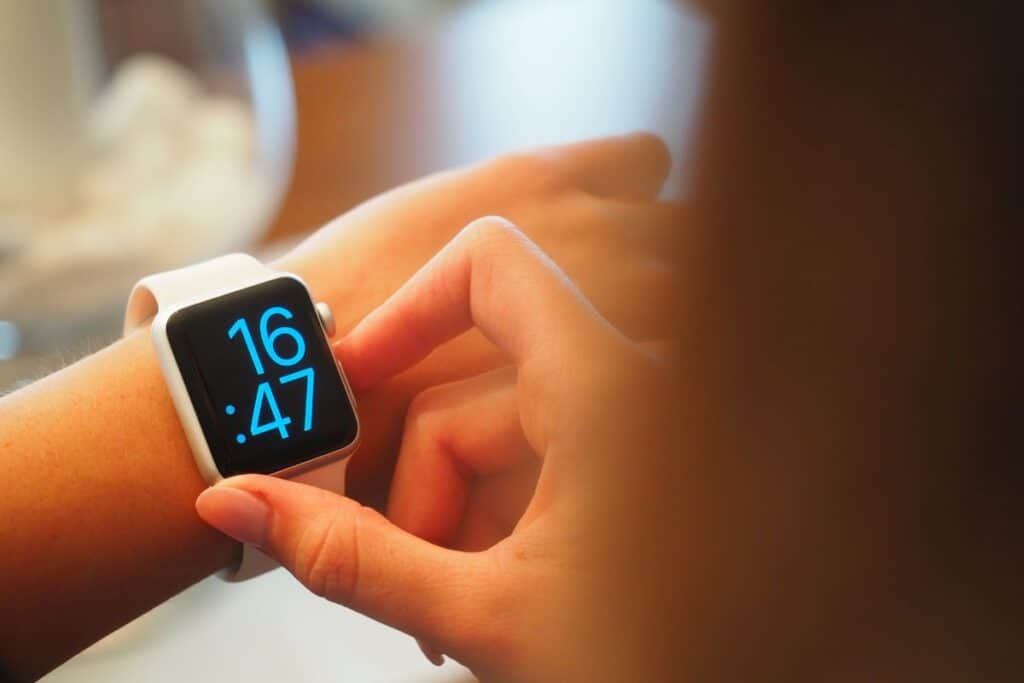Here’s How Apple Watch Count Steps!
If you have an Apple watch or are considering buying one, or if you are a curious individual, you might be wondering, ‘How does Apple watch count steps?’

If you are researching the Apple Watch, be sure to bookmark our category page for Apple Watch along with these other popular articles:
The Apple Watch is equipped with an accelerometer that measures and counts the number of steps taken, accurately. An accelerometer is a device containing many tiny sensors that measure acceleration and the rate of change in velocity over time.
I carried out extensive research on how Apple watch counts steps. In the following paragraphs, you will learn all about it.
How Does Apple Watch Count Steps?
The Apple Watch is equipped with an accelerometer that measures and counts the number of steps taken, accurately. An accelerometer is a device containing many tiny sensors that measure acceleration and the rate of change in velocity over time.
When you take a step with your Apple Watch on, the accelerometer senses the motion and registers it as an activity, such as running, walking, or climbing stairs.
As a result of this, it registers each movement as one step. However, this does not apply to swimming, sleeping, and other activities without noticeable body motion. These are the only types of movement that this technology does not count as steps.
What is more is that the Apple Watch tracks your daily step count as well. The device keeps an ongoing tally of each step you take, and any other physical activity it can detect, throughout the day.
The data that the Apple watch’s accelerometer gathers, is then displayed in the Health app. In the app, you can view your total steps as well as miles walked, allowing you to compare your progress over time, and set goals to stay motivated.
How Accurate Is Apple Watch At Counting Steps?
A study looked into the accuracy of several Apple watches in different settings and activities. The results when using for everyday activities such as walking, jogging, running, and even climbing stairs, were around 97% accurate.
A study also found that when activities became more complex, such as biking or using an elliptical machine, the Apple Watch’s accuracy rate fell down to 95%.
This is still an impressive result considering the complexity of some activities and movements involved. The device was tested in various environments and proved to be accurate even when the conditions were challenging like bright sunlight or low-light environments.

Do You Have To Swing Your Arm For Apple Watch To Count Steps?
The Apple Watch does take into consideration the movement of the user’s arms. It tracks the number of steps you take by taking many factors into consideration, including your arm movement. This means that for an Apple watch to count your steps accurately, you need to swing your arm when walking or running.
The more vigorous the motion, the better it is. This is so because it helps ensure that each step is logged into the device correctly. If you want a more accurate physical activity assessment, you should maintain an appropriate level of arm swinging when walking or running.
It is worth noting that if you have your Apple Watch on while you walk on a treadmill or are riding a bike, it will not detect any steps unless your arms are swinging naturally with the activity. What’s the reason behind this, you ask? It has to do with the Apple Watch’s step-counting algorithm which relies on motions associated with walking or running rather than any other type of exercise.
What is more is that if you are pushing a stroller or carrying shopping bags while walking, the Activity app’s step counter’s accuracy can be affected. When your arms are stationary and not moving in regular intervals, like they do while running or walking normally, it may not detect any steps.
Does Apple Watch Count Hand Movements As Steps?
As mentioned before, the Apple Watch comes installed with a built-in accelerometer. This device can track your hand movements and measures the speed at which an object moves in three dimensions. The watch can detect whether you are walking or running and interpret that data into steps taken.
Mind you, this does not mean that simply waving your hands around counts as steps on your watch, as it is not the only factor it considers. The watch must detect certain movement types to detect the number of steps you’ve taken.
The device also considers the total energy you expend and how often your body moves in a specific direction before determining how many steps you have taken. So, even if you aren’t walking or running but move around a lot or engage in activities like housework, gardening, cleaning, or other physical activities that employ your arms and shoulders, your Apple watch can still count these movements as steps.

A motion has to be large enough and it should last long enough to register as a step on the device.
P.S: These estimations may not always be accurate, as the watch cannot determine which physical activity you are engaging in and may underestimate or overestimate. So, while your Apple watch can count hand movements as steps, it is indispensable that you know that these estimations may not always be accurate 100%.
Key Takeaways
- The Apple Watch uses an accelerometer to measure steps taken.
- An accelerometer consists of several small sensors.
- Studies show that Apple Watch is able to track with 97% accuracy.
- It has a slightly lower accuracy for more complex activities.
- The Apple Watch detects the movement of the user’s arms also.
- A motion must be big and long enough to register as a step.
- The estimations on an Apple watch are not always accurate.
